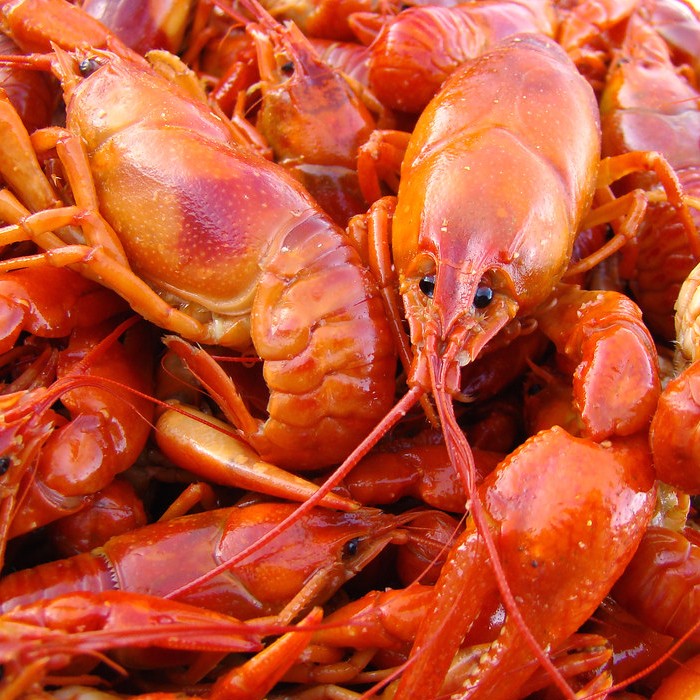Published:

Louisiana has stood as a symbol for its rich aquatic life and seafood for , with the at the forefront. The state maintains its position as the top producer of crawfish nationwide, consistently generating an impressive annual harvest ranging from 100 to 120 million pounds. These harvests contribute over $300 million annually to Louisiana’s economy.
The art of crawfish harvesting serves as the backbone for more than 1000 dedicated crawfish fishermen and over 1300 farmers. However, recent challenges have cast a shadow over this thriving industry. Unforgiving weather conditions, particularly the , have made crawfish harvesting a formidable task this season, posing a significant threat to the survival of these crustaceans.
Approximately of Louisiana is experiencing a severe drought, contributing to diminished crawfish yields and higher prices in the state’s multimillion-dollar industry. 2023 was one of in almost eight decades. Rainfall was recorded as being down . Louisiana also had its on record, and multiple cities, including New Orleans, .
The drought has led to a from the Gulf of Mexico and Intracoastal Waterway, elevating sodium levels in ponds, lakes, and rivers. Consequently, many due to the increased salinity, and rice, a crucial food source for these crustaceans, is also experiencing damage.
Louisiana's dominance is evident in the crawfish landscape, contributing close to yearly. Securing the second spot just behind Louisiana, emerges as a formidable contender in crawfish production. The state hosts seven prominent producers, each overseeing significant crawfish farmlands ranging from , highlighting its essential role in the crawfish industry. Despite this, the global export scene tells a different tale. of crawfish worldwide, with closely following suit. States like Texas, which gets of consumed crawfish from Louisiana, will undoubtedly be affected by the weather conditions. This translates to an annual crawfish yield ranging between 7.125 million and 7.6 million pounds, harvested from approximately 9,500 acres.
These droughts are expected to have significant effects on the seafood and crawfish industry around the world. Projections indicate that losses could approach a staggering . In January 2022, the cost of live crawfish was , yet the market is expected to see a spike to close to . With approaching and crawfish being a staple in the Louisiana diet, this drought will have lasting implications on the state’s economy. This will be seen through its dampened ability to export crawfish across the U.S. and provide it to its population.
As the eagerly anticipated Super Bowl LVIII approaches, the historic drought affecting Louisiana threatens to devastate the state’s economy, particularly in the context of crawfish. The consequences of this drought are set to go beyond the local crawfish industry, reaching into the broader economic spectrum and causing a significant impact on both internal consumption and export activities. The crawfish market in Louisiana is essentially a waiting game as farmers continue to monitor the amount of crawfish that will venture up from their . In light of these challenging circumstances, there is hope that the droughts will inspire the development of new and innovative solutions to withstand all types of unpredictable weather conditions.
File under